Magical evening, majestic Margaux
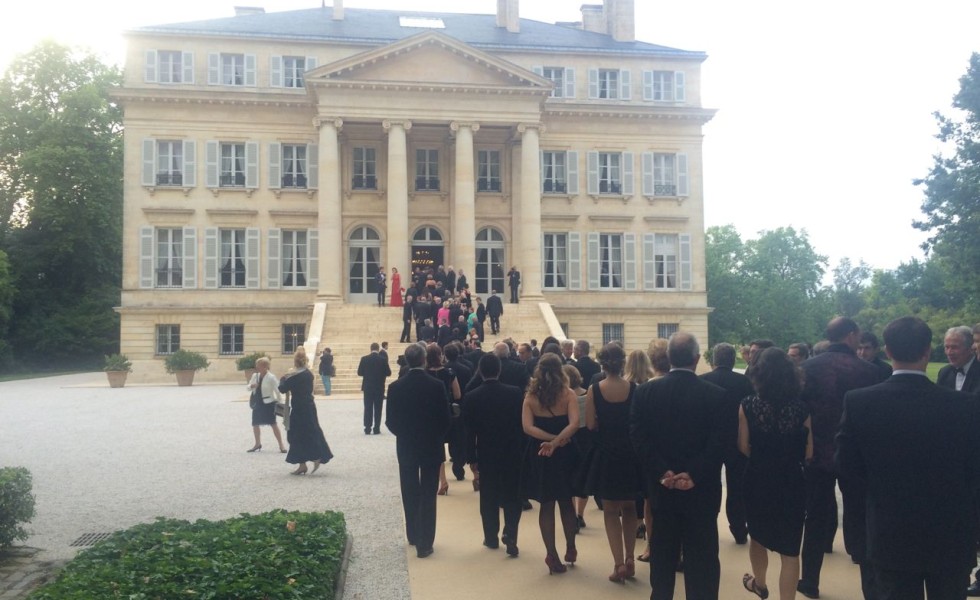
18 October 2015
By Panos Kakaviatos for wine-chronicles.com
Earlier this month, a Hollywood like short film was published on YouTube recounting the story of how in 1810, the Marquis de la Colonilla, then owner of Château Margaux, requested one of the greatest architects of the time Louis Combes, to design a new layout for the estate.
The old buildings were demolished, except the XVIII century Orangery which served as a cellar during the construction. The project was completed in 1815. This building complex, which was registered as an Historic Monument in 1946, has remained unchanged until the present day.
The nine minute film, by Bruno Aveillan, includes an intricate model and simulated construction of the original estate, as well as an alluring woman in red who plays an inspirational role for the architect.
Although only published this month on YouTube, it was first shown on 14 June on a large screen to the international press, at Château Margaux, for a magnificent dinner. Bordaux wine merchants and importers were invited on 16 June to a similar dinner for the film – and to commemorate new buildings that had been designed by architect Lord Norman Foster.
Friend and 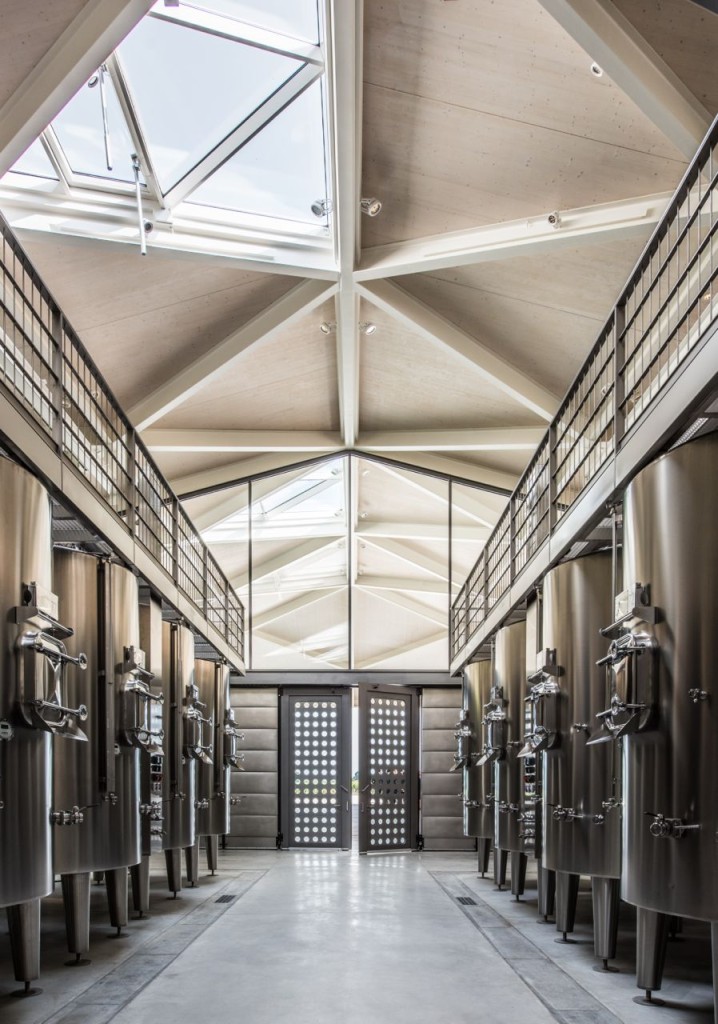 Washington D.C. wine merchant Michael Sands of Calvert Woodley Wines attended the 16 June dinner, which he described as “a fairy tale like event.” Sands added: “I could almost give up any future invitations to dinner in Bordeaux, knowing that it would be very hard to top this one.”
Washington D.C. wine merchant Michael Sands of Calvert Woodley Wines attended the 16 June dinner, which he described as “a fairy tale like event.” Sands added: “I could almost give up any future invitations to dinner in Bordeaux, knowing that it would be very hard to top this one.”
The dinners celebrated the inauguration of the estate’s new cellar (see photo) and underground library vault, a project that took more than three years under the supervision of Lord Foster. And they marked the 200th anniversary of Château Margaux itself as constructed by Louis Combes.
What #winelover cannot be impressed by the striking alignment of trees leading to this magnificent Greek style estate?
For the June press dinner, which I luckily attended, over 600 wine writers joined representatives from the estates that had been classified in 1855 to a tour of Foster’s work – and then a visit to the room where Château Margaux makes up to 300 new barrels per year to age its wine.
Given splendid June weather, we found ourselves outdoors, enjoying savory aperitifs, from salmon to liver, with such fine drinks as Château Climens 2008 and Roederer Champagne.
I particularly enjoyed the Climens, but the Champagne was excellent, too. People in attendance amounted to a veritable Who’s Who from the elite wine world. I got a chance to chat with Roederer chief Frederic Rouzaud for example. As many readers may know, Roederer also owns Château Pichon Longueville Comtesse de Lalande, one of my favorite Pauillacs.
After this casually elegant pre-dinner aperitif, we took a leisurely path to what could indeed be described as a fairy tale setting of lush crystal and fine porcelain, gorgeous floral bouquets and baroque music providing a setting for meticulously orchestrated servings of outstanding wines to accompany a meal made by three star Michelin chef Guy Savoy.
A visual and edible feast it was: a perfect illustration of the high art of French cuisine and wine that only a first growth could do.
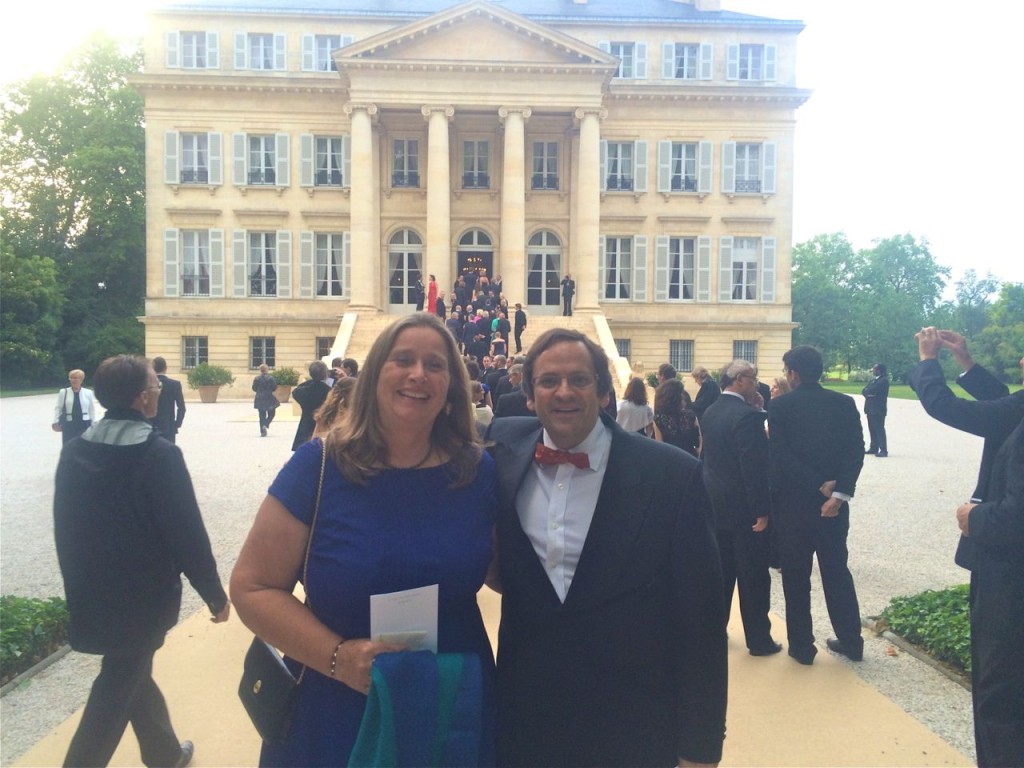
On the way to dinner at the château, with Lilian Barton Sartorius of Château Langoa and Léoville Barton
Just before dinner, Foster told the assembled guests that his goal to enhance the noble building with modern materials of today “has really come out of careful research.”
He stressed that his work was meant to enhance the elegance of the original chateau and not disturb its classical aesthetic sense. Indeed, the new installations lend a certain sobriety to the style – although one cannot miss the addition.
For her part, Corinne Mentzelopoulos – the Greek-French businesswoman who owns and runs the estate (earlier this year, I encountered her charming dog, aptly named Souvlaki) – recalled how Château Margaux’s unique architecture is “obviously inspired by Ancient Greece” and how, we, the assembled guests, “should have seen the pride my father felt in view of these Ionic columns which reminded him of his Greek roots”.
To Foster, she said: “Norman, you have put your mark on the centuries old history of Château Margaux. You have understood to the core what this place is all about, the heritage we have the privilege and the obligation to serve day after day, together with our will to constantly strive for improvement in the quality of our wine.”
Then came the gastronomic fireworks as you can see in the short video below.
At the press dinner, journalists were seated next to owners or representatives of all the estates that were listed in the 1855 classification, as the dinner was organized under the auspices of the Conseil des Cru Classés. I was seated at the same table as Jean-Charles Cazes of Château Lynch Bages (Pauillac) and Jean-Luc Zuger of Château Malescot Saint Exupery (Margaux).
You can see in the link to the picture of the menu, below, how the first three services did not specify the wines, as they varied according to table.
The service was precision perfect: no waiting, no skipped beats. Perhaps the first course – an artichoke soup with truffle – did not go too well with young red tannic Médoc wines from the 2006 vintage (in our case the aforementioned Lynch Bages and Malescot Saint Exupery) but it was tasty on its own.
Then came a delectable guinea fowl with girolles, matched very well by the older vintages of Lynch Bages and Malescot. I own a bottle of Malescot 1995 so it was good to see that it is on a fine drinking plateau, with some tertiary flavors as well as ripe tannin.
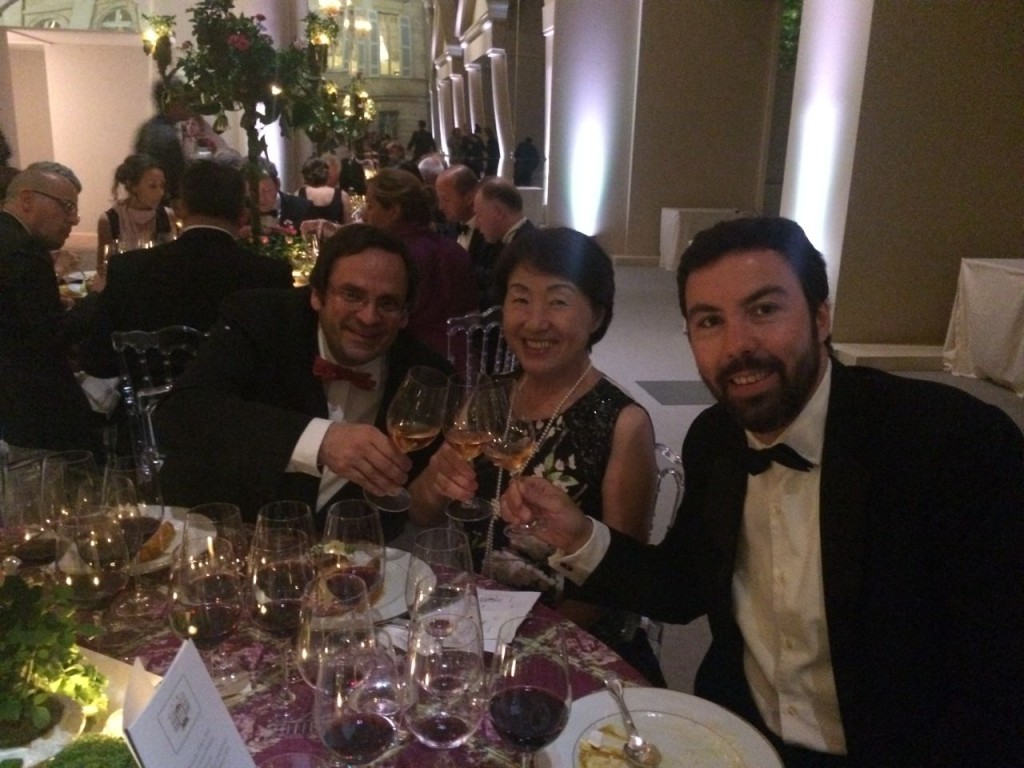
Enjoying dinner with Japanese wine educator Yumi Tanabe and Jean-Charles Cazes of Château Lynch Bages
The Lynch Bages 1996 had a gorgeous mid-palate and a long finish and seemed on a slower evolutionary pace. It was great to stick with these wines as we enjoyed the next course of sumptuous quail with jus corsé de volaille as they both paired well.
Then came the first of two wines that all diners enjoyed in common. To go with the cheese, we all enjoyed a lovely Château Margaux 1985 with bright fruit and a supple mature grace of tertiary notes that went well enough with the cheeses, although I would have almost preferred it as an addition to the quail.
Perhaps the final wine was the very best. The Yquem 1988 may well be the top of the 88-89-90 trio. Most people pick either 1990 or 1988, but the 1988 served at dinner provided so much vivacious lift on the finish to the expected opulence of Yquem.
Interesting how the evening began and ended with top notch Sauternes and Barsac: a classy way to show how Bordeaux is not just about red.
So ended a magical evening at a majestic château.
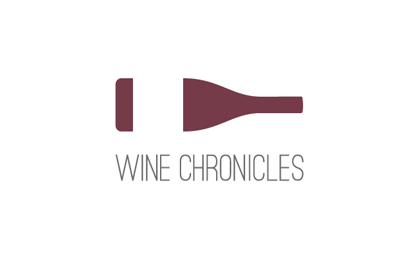 Wine Chronicles
Wine Chronicles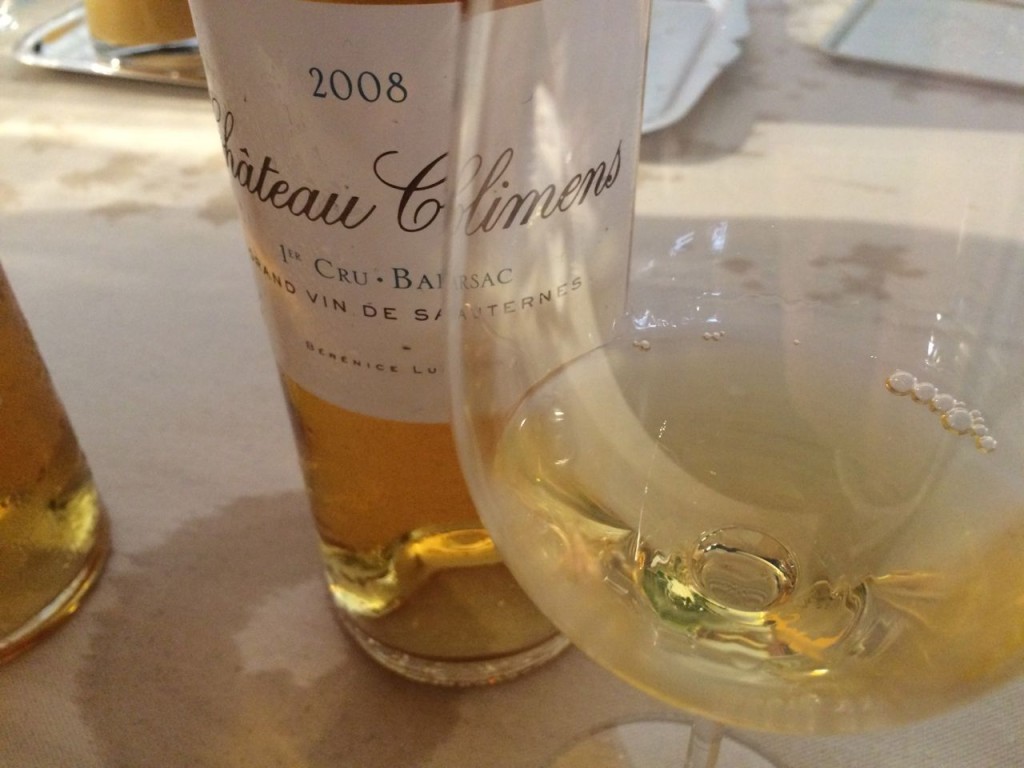
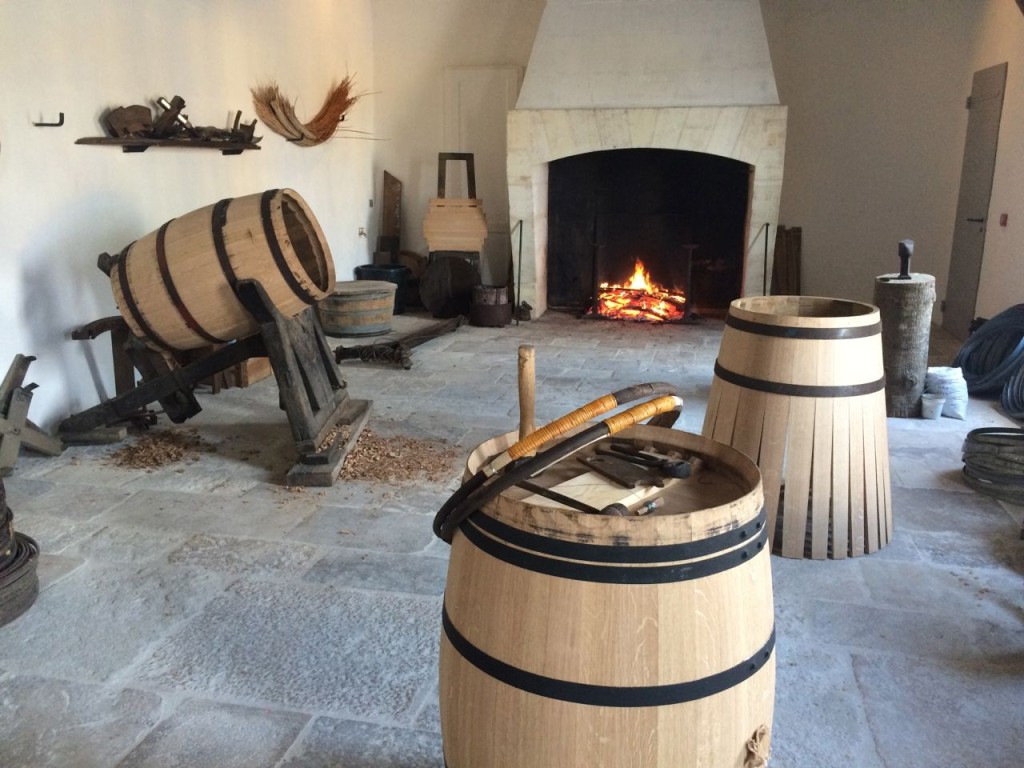
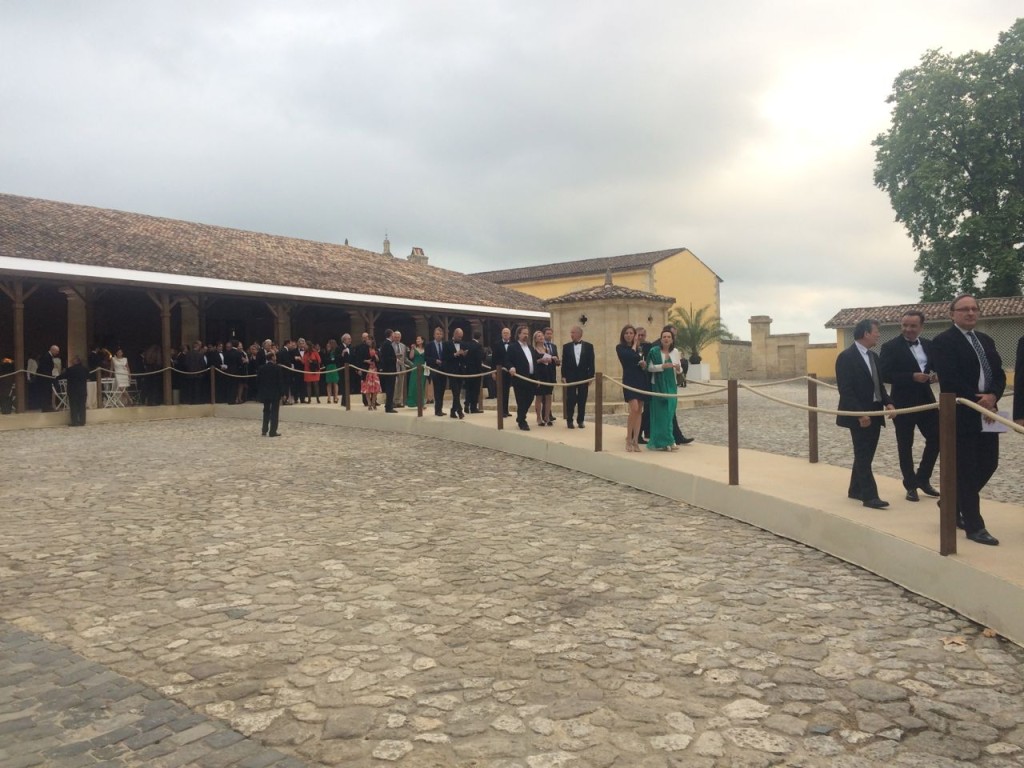
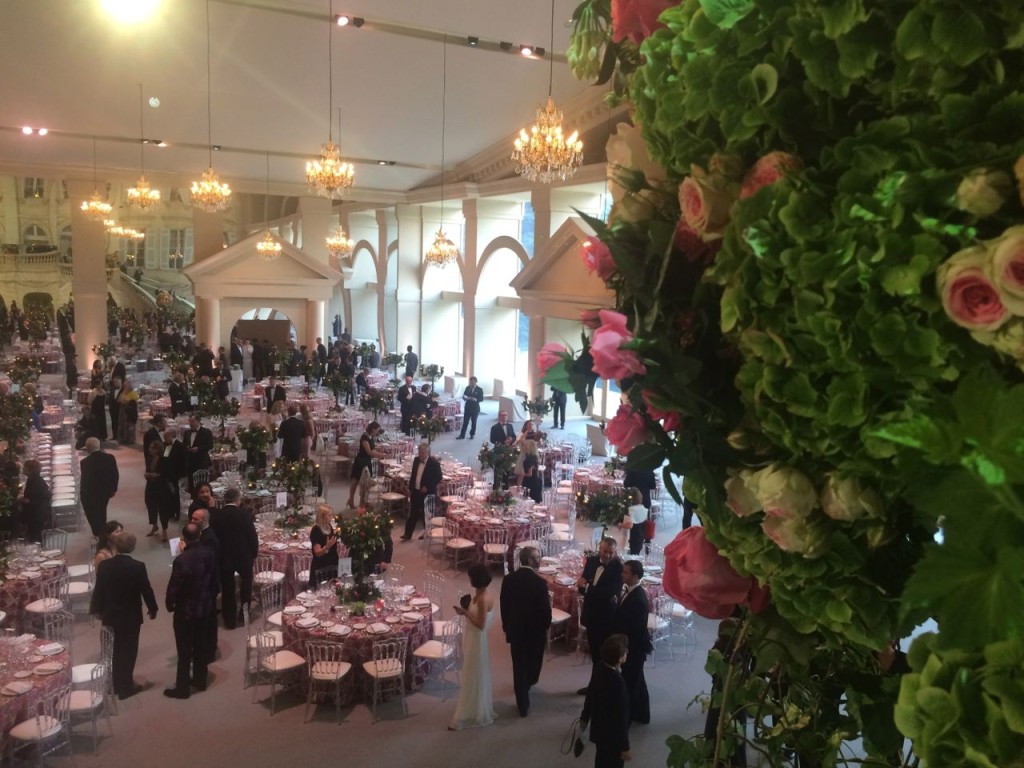
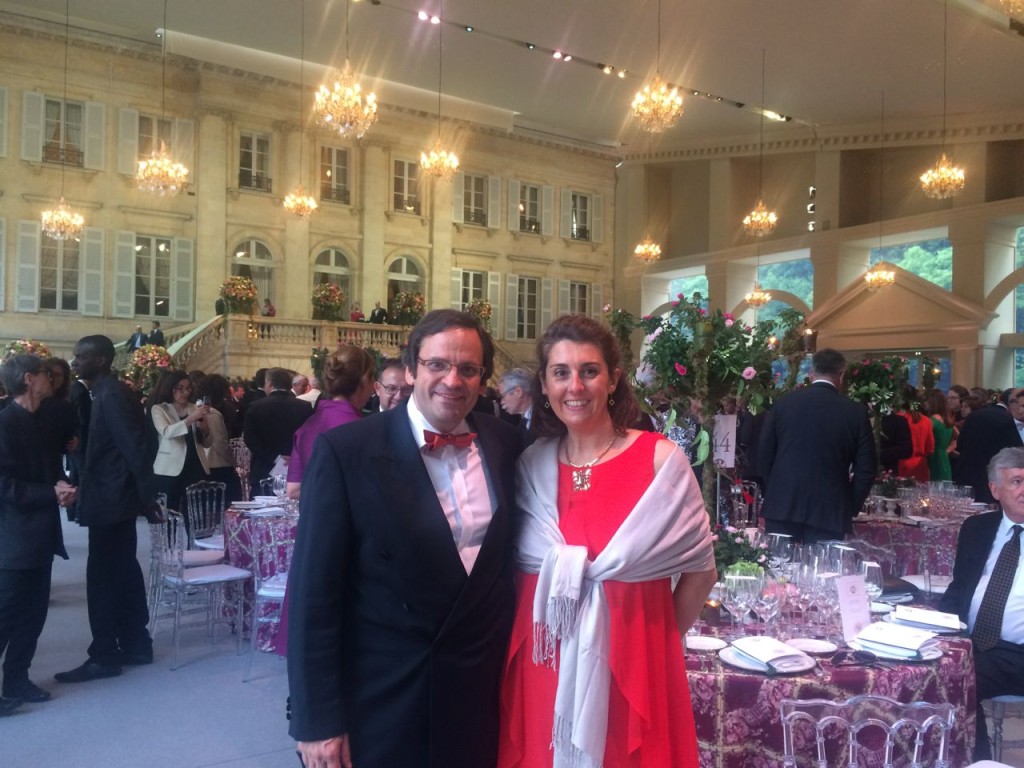
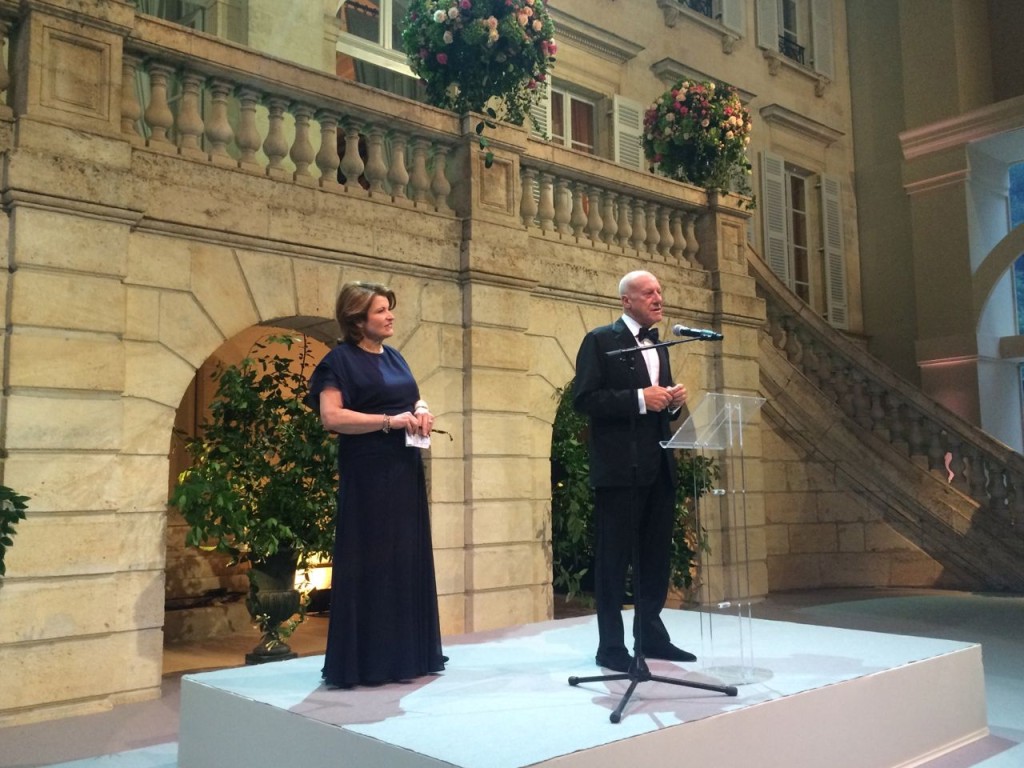
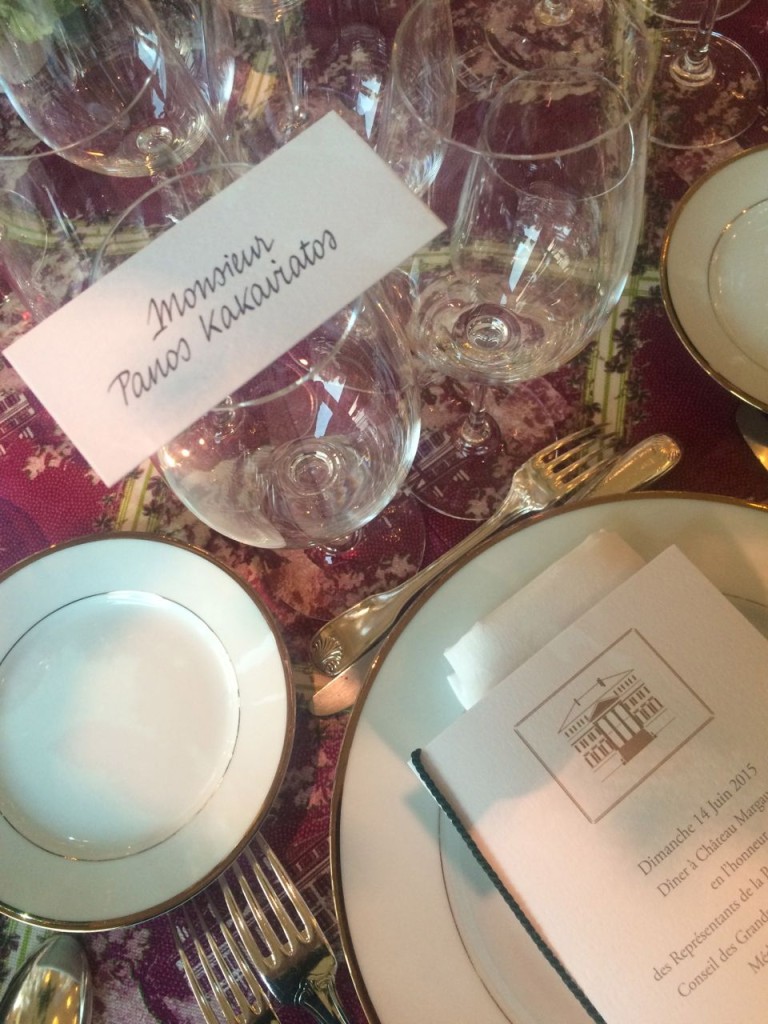
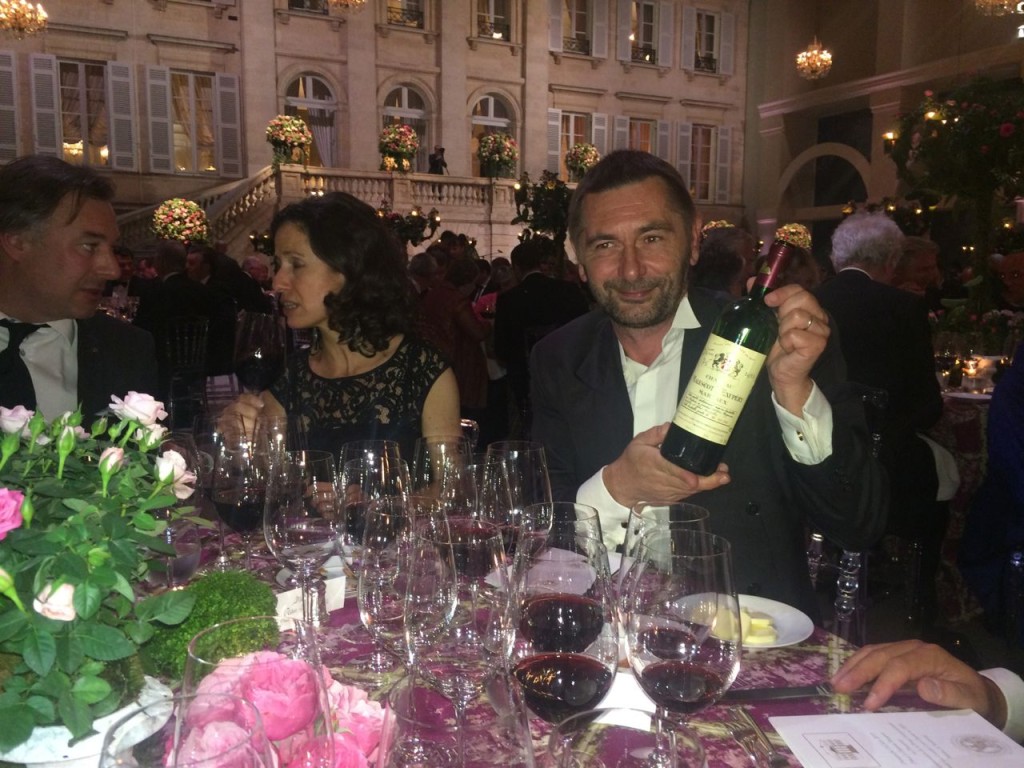
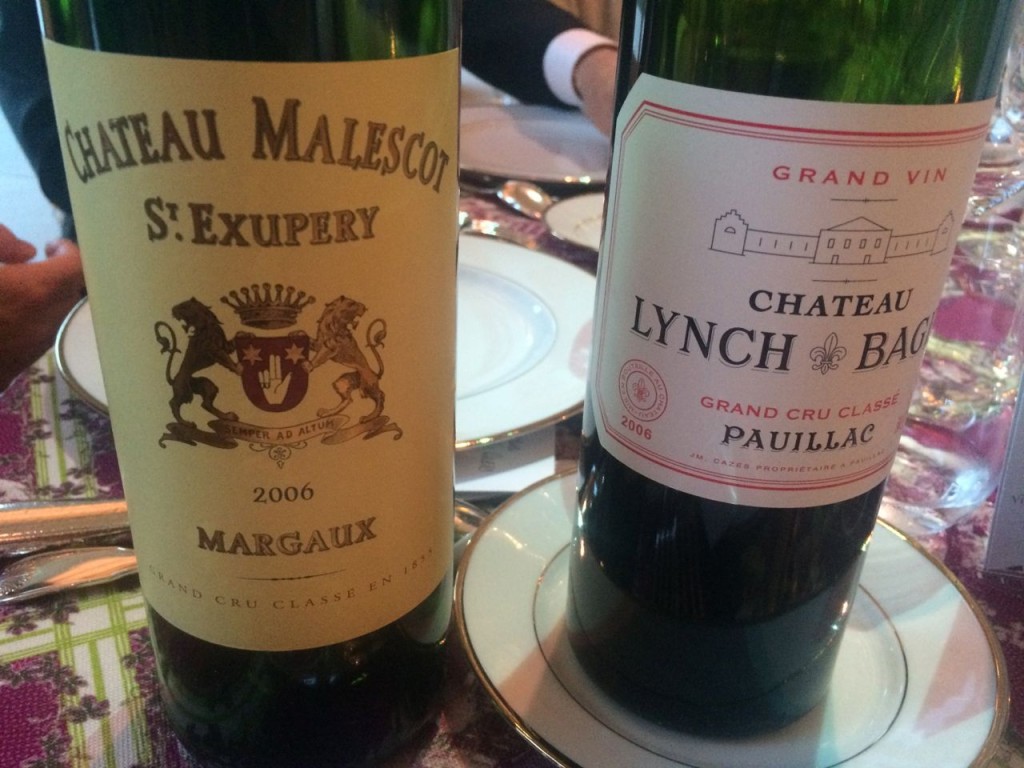
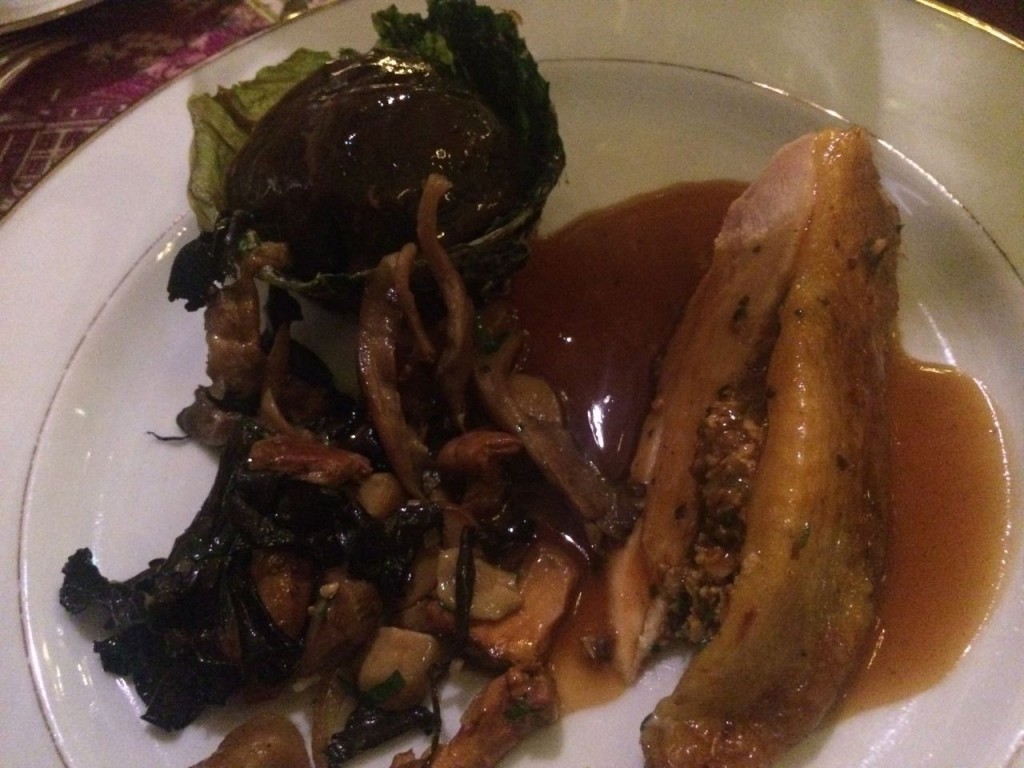
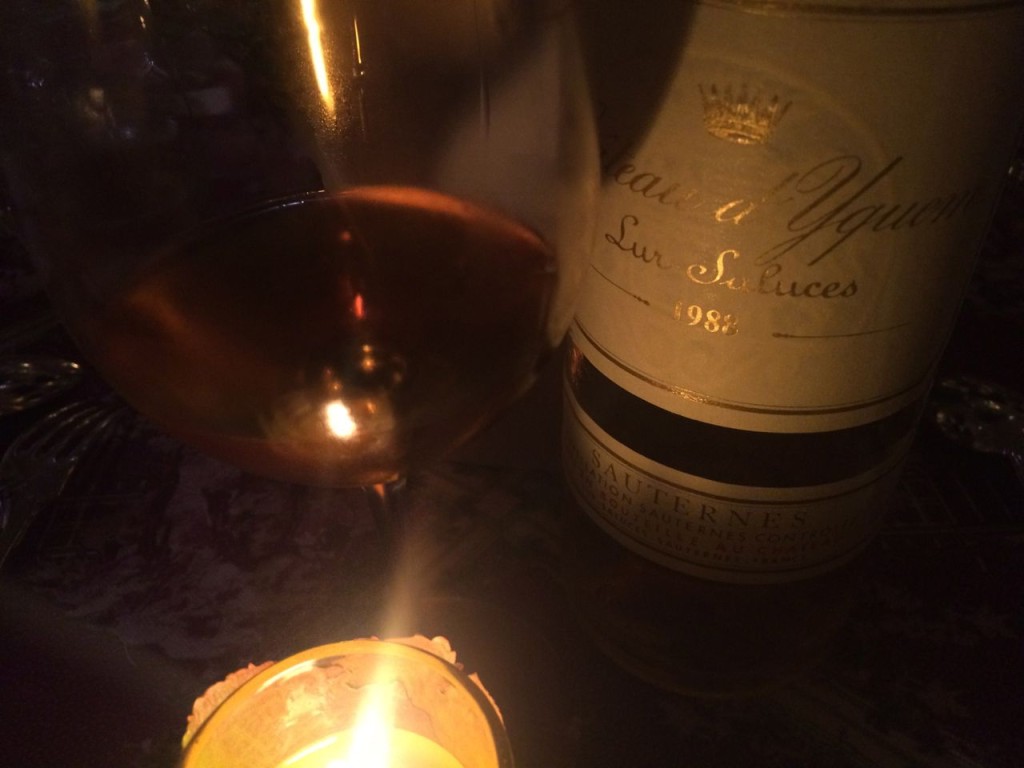
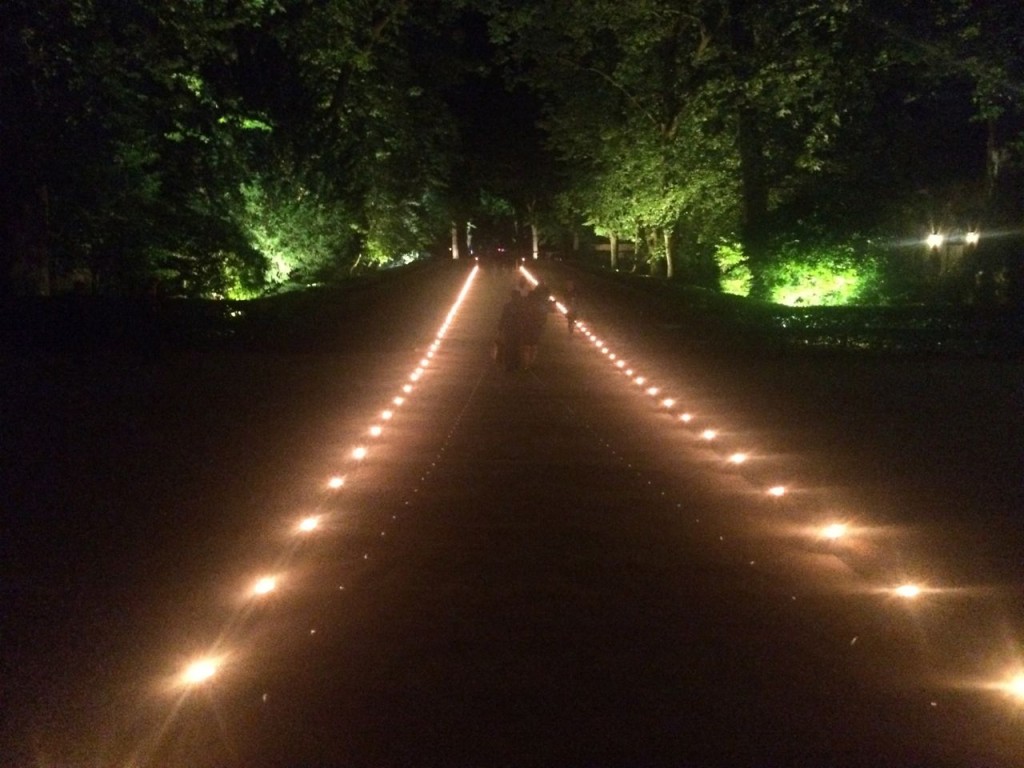
Share This